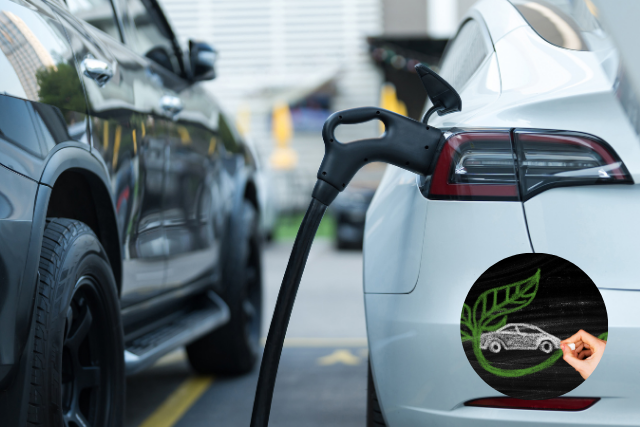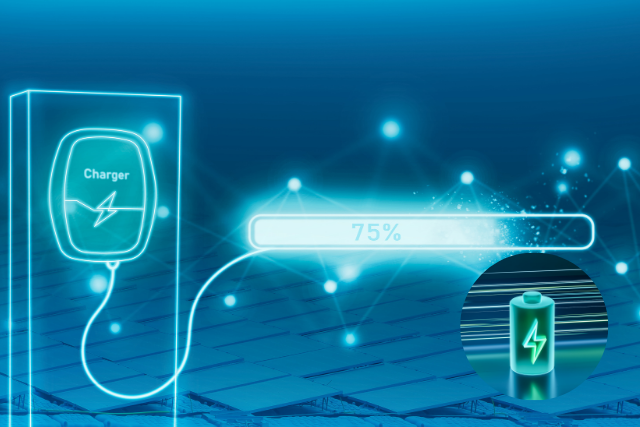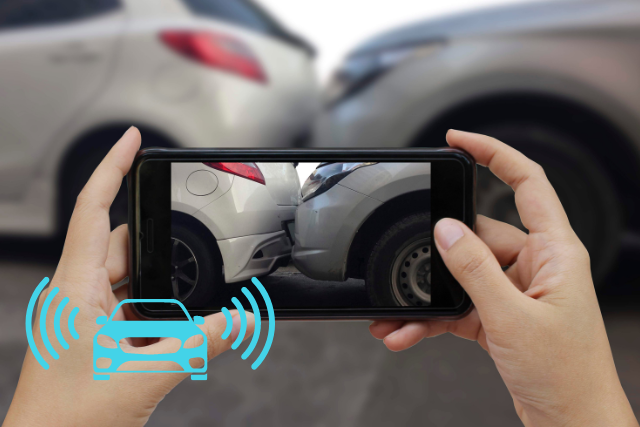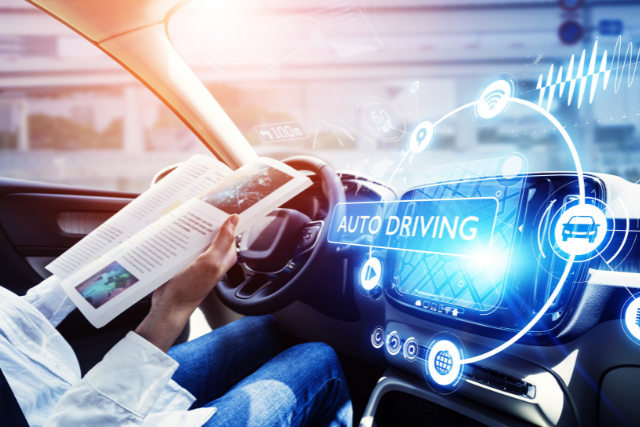Electric vehicles represent a technological marvel, combining advancements in engineering, software, and energy management.
These vehicles not only promise to revolutionize how we commute but also offer a glimpse into the future of automotive innovation.
If you’re curious about what makes an EV tick, you’ve come to the right place.
In this comprehensive guide, we will explore the intricate workings of electric vehicles, breaking down the core components and how they come together to create a seamless driving experience.
The Core Components of an Electric Vehicle
1. The Electric Motor
The electric motor is the heart of an EV. Unlike internal combustion engines (ICE) that rely on burning fuel, electric motors use electrical energy to create motion.
- Electrical Energy Conversion: The motor converts electrical energy stored in the battery into mechanical energy, which drives the wheels.
- Types of Motors: Most EVs use an AC (alternating current) induction motor or a DC (direct current) motor. AC motors are more common in modern EVs due to their efficiency and reliability.
2. The Battery Pack
The battery pack is the powerhouse of the EV. It stores the electrical energy required to run the motor and other components of the vehicle.
- Battery Types: The most common type of battery used in EVs is the lithium-ion battery, known for its high energy density and long life.
- Capacity and Range: The battery’s capacity, measured in kilowatt-hours (kWh), determines how far the vehicle can travel on a single charge. Higher capacity means a more extended range.
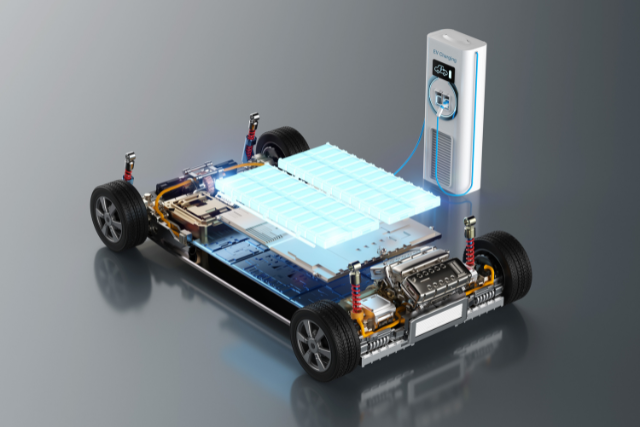
3. The Inverter
The inverter plays a crucial role in converting energy.
- DC to AC Conversion: The battery stores energy as DC (direct current), but most electric motors operate on AC (alternating current). The inverter converts the DC from the battery into AC for the motor.
- Regenerative Braking: During braking, the motor acts as a generator, converting kinetic energy back into electrical energy and storing it in the battery. The inverter manages this process.
4. The Charging System
The charging system allows the battery to be recharged from an external power source.
- Charging Ports: EVs come with charging ports connecting to various chargers, from home outlets to fast-charging stations.
- Types of Chargers: Chargers are categorized into three levels:
- Level 1: Standard home outlets, slower charging.
- Level 2: Specialized home or public chargers, faster than Level 1.
- Level 3 (DC Fast Chargers): Public fast-charging stations can charge a vehicle in a fraction of the time.
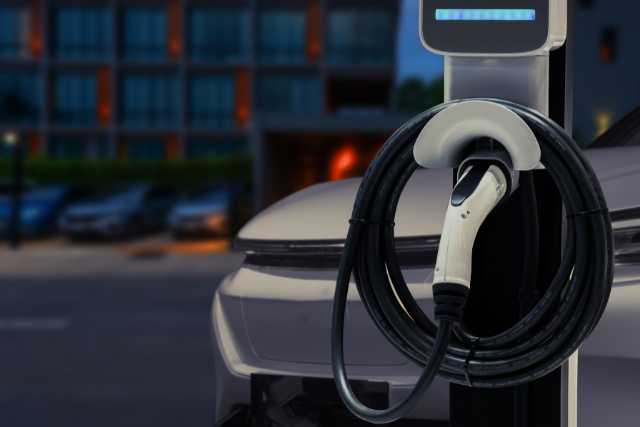
5. The Control System
The control system is the EV’s brain, managing the energy flow and ensuring efficient operation.
- Energy Management: It regulates how much power goes to the motor and other components.
- User Interface: Provides real-time information to the driver about battery status, range, and efficiency.
How an Electric Vehicle Operates
Starting and Driving
When you start an EV, the battery supplies power to the motor through the inverter. Here’s a step-by-step breakdown of how it operates:
- Power Up: The vehicle is powered on, and the control system checks the status of the battery and motor.
- Acceleration: Pressing the accelerator sends a signal to the control system, which adjusts the power from the battery to the motor.
- Motion: The motor converts electrical energy into mechanical energy, turning the wheels and propelling the vehicle forward.
- Regenerative Braking: When you brake or decelerate, the motor switches to generator mode, converting kinetic energy back into electrical energy and storing it in the battery.
Charging the Battery
Charging an EV involves connecting it to an external power source. Here’s how it works:
- Plug In: Connect the charging cable to the EV’s charging port and the power source.
- Energy Transfer: The charger transfers electrical energy from the grid to the vehicle’s battery.
- Monitoring: The control system monitors the charging process, ensuring safe and efficient energy transfer.
- Completion: The system stops charging once the battery is fully charged.
Advantages of Electric Vehicles
Environmental Benefits
- Zero Emissions: EVs produce no tailpipe emissions, reducing air pollution and greenhouse gas emissions.
- Energy Efficiency: Electric motors are more efficient than internal combustion engines, converting more energy into motion.
Cost Savings
- Lower Operating Costs: Electricity is cheaper than gasoline, and EVs have fewer moving parts, reducing maintenance costs.
- Incentives: Many governments offer incentives for EV buyers, including tax credits and rebates.
Performance and Convenience
- Instant Torque: Electric motors provide instant torque, resulting in quick acceleration and a smooth driving experience.
- Quiet Operation: EVs are more silent than traditional vehicles, offering a more pleasant driving experience.
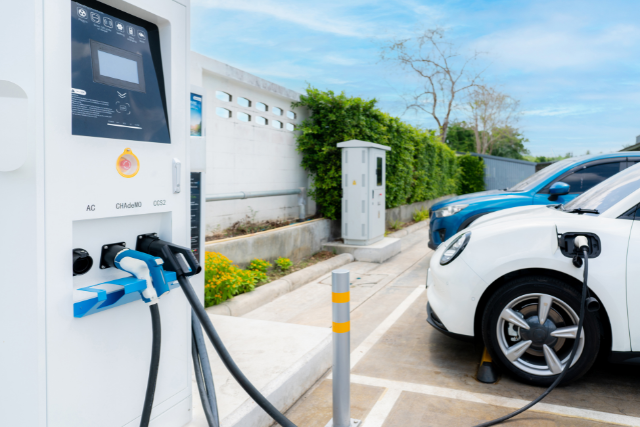
Challenges and Considerations
Range and Charging Infrastructure
- Range Anxiety: Concerns about the distance an EV can travel on a single charge.
- Charging Availability: The availability of charging stations is still growing, but it may be limited in some areas.
Initial Cost
- Purchase Price: EVs can be more expensive upfront than traditional vehicles, though costs decrease over time.
Conclusion
The Future of Transportation
Electric vehicles represent a significant shift in the automotive industry, offering numerous benefits over traditional gasoline-powered cars.
Understanding how EVs work is essential for making informed decisions about this technology.
As battery technology and charging infrastructure continue to improve, the adoption of electric vehicles is expected to accelerate, driving us towards a cleaner and more sustainable future.

